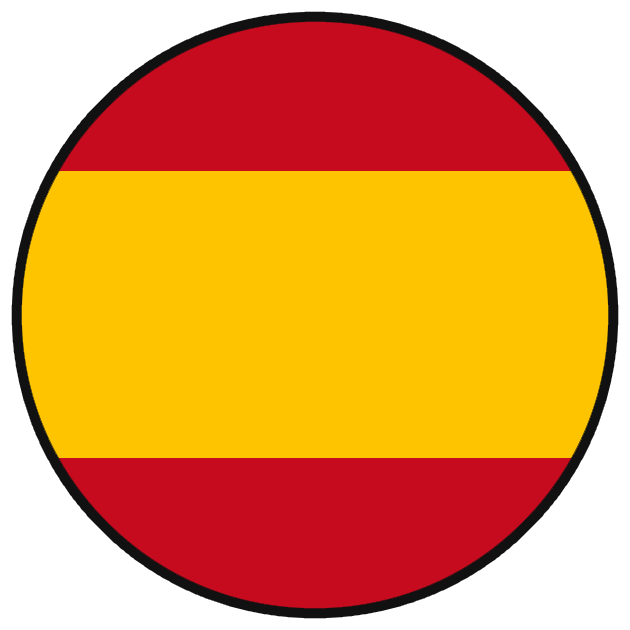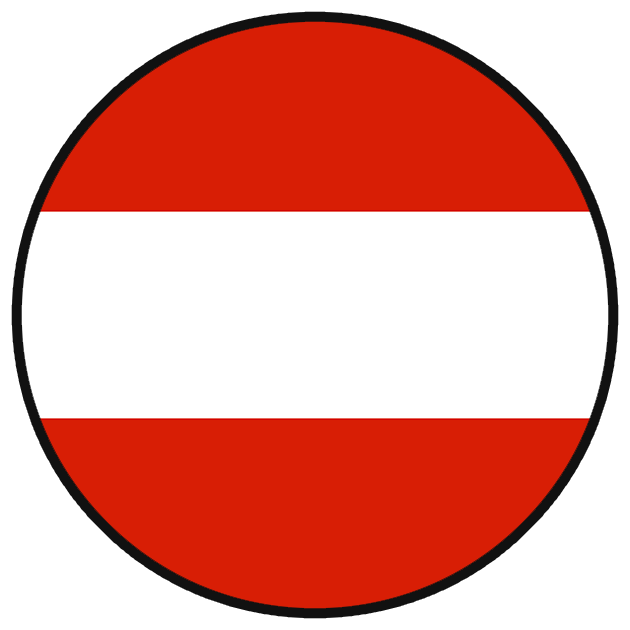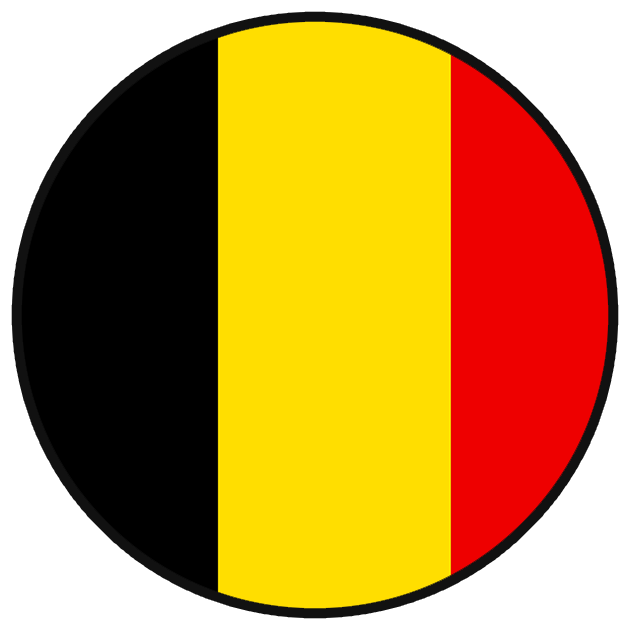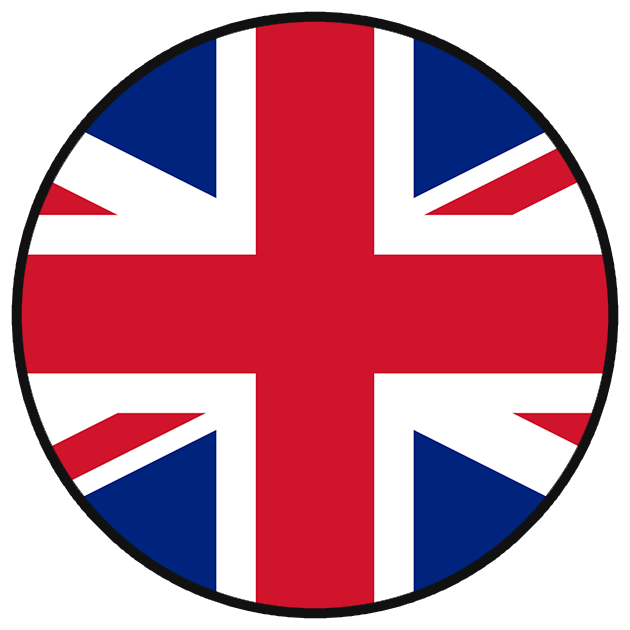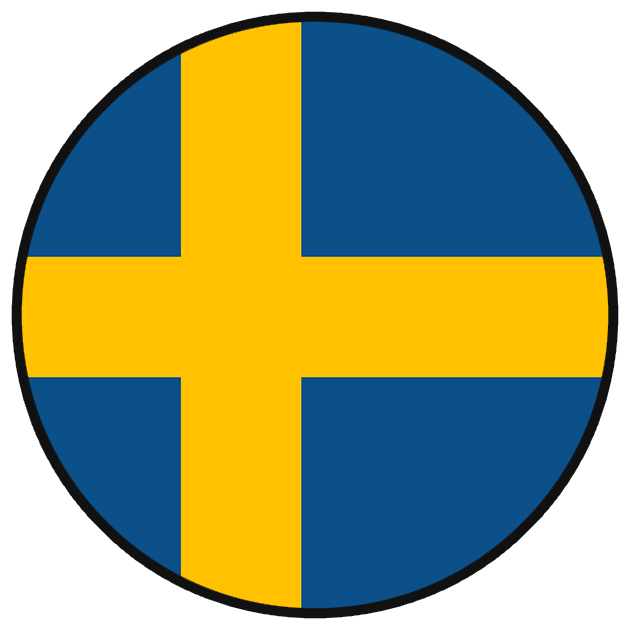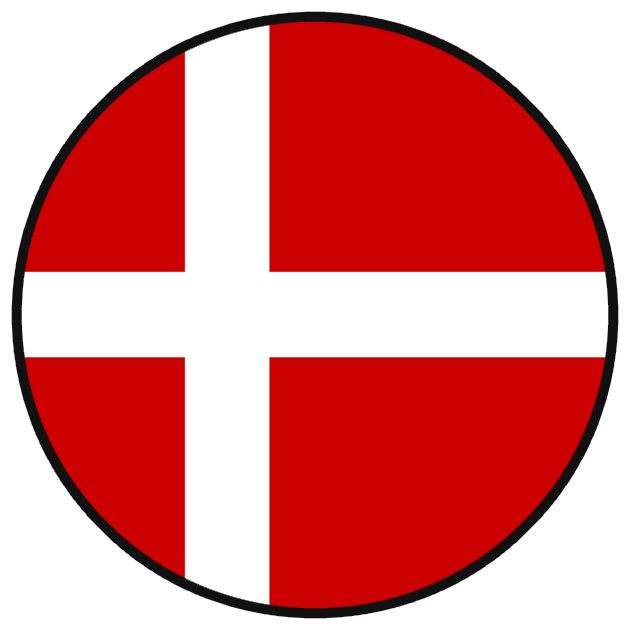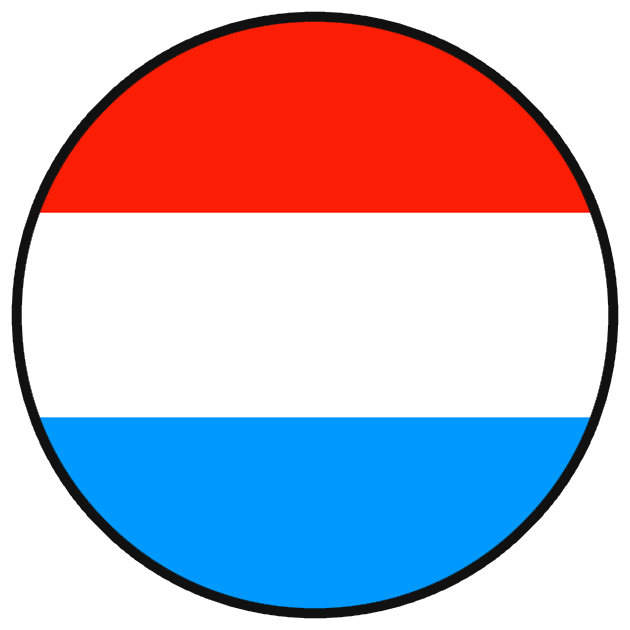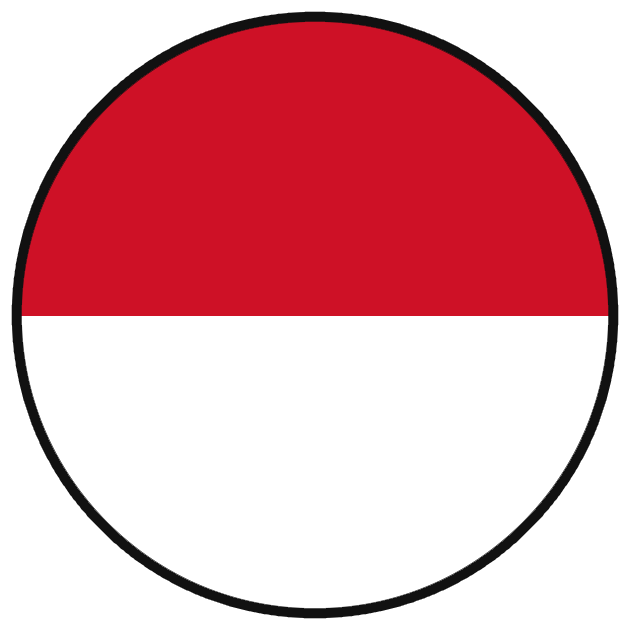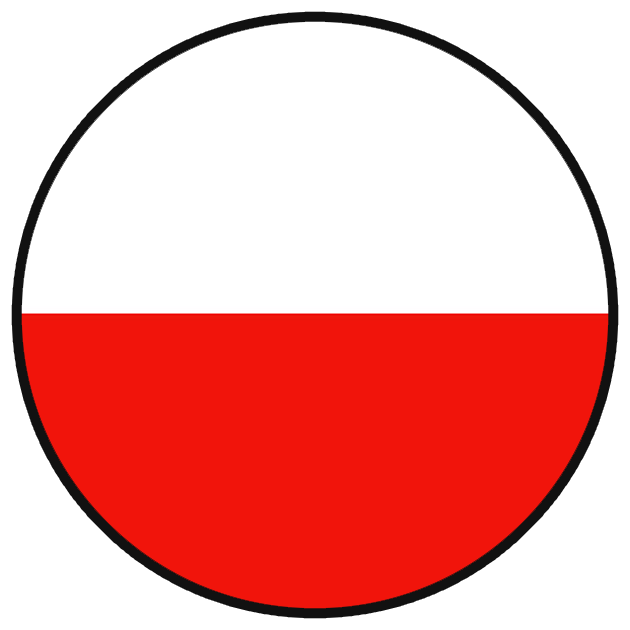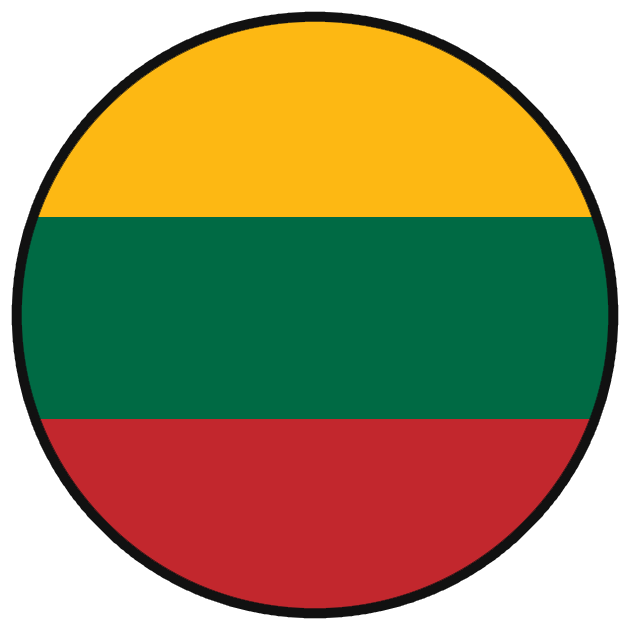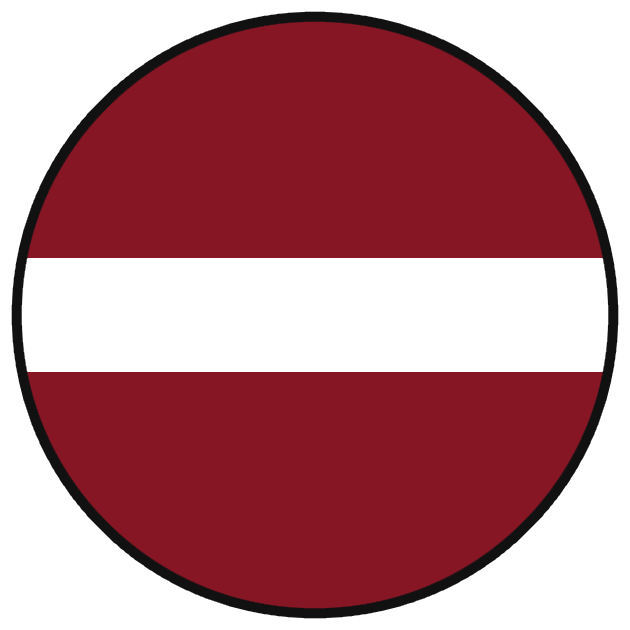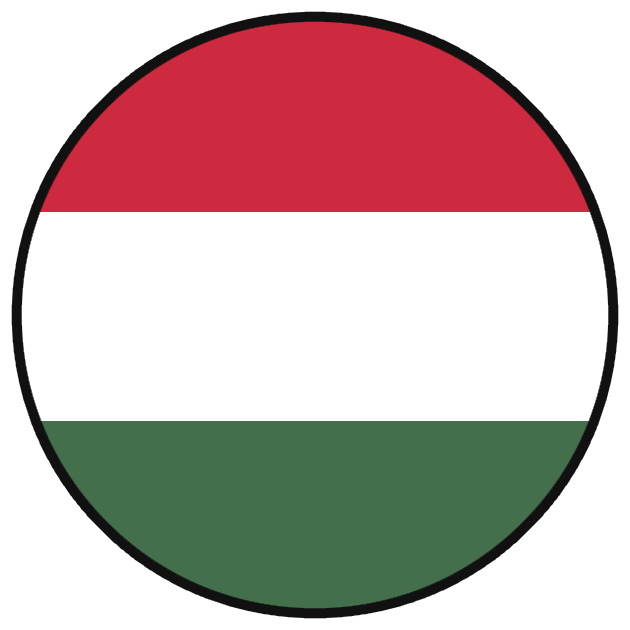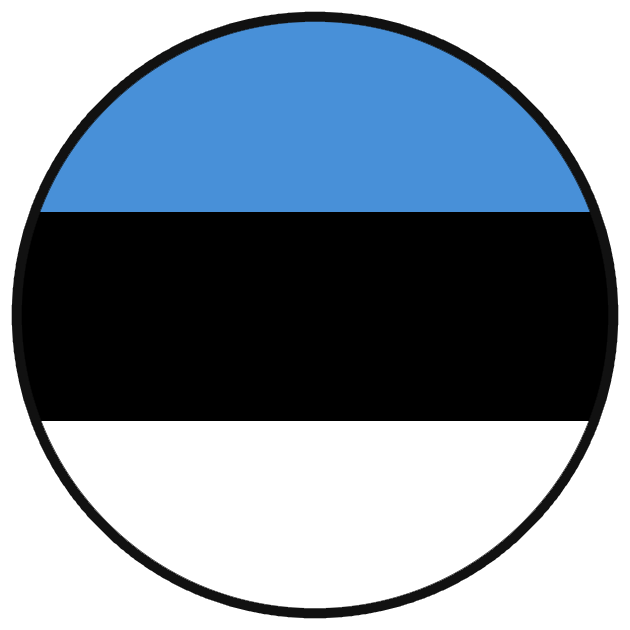Integrated Pest Management (IPM) is a comprehensive and systematic approach to pest control aimed at minimizing the effects of insects and maximizing economic, ecological, and social benefits. It consists of three main components: prevention, monitoring, and pest control. This type of crop protection is sustainable and efficient, adapting flexibly to the specific needs and conditions of each field.
We will explain how IPM works and how pest control thresholds are defined:
- Monitoring and identification: The first step in IPM is constant monitoring of pest populations in our fields. Various techniques such as pheromone traps, adhesive traps, visual inspections, and digital tools can be used to assess the presence and magnitude of pests. Precise identification of pests and their life cycles is crucial for informed decision-making. For example, an increase in the presence of larvae may be an indicator of pest infestation. Everyone in our fields is encouraged to report any anomalies.
- Setting action thresholds: The action threshold is the level of pest population at which measures must be taken to prevent economic damage to the crop. The action threshold is not a fixed number and can vary based on factors such as crop growth stage and the potential for pest population growth. It is typically established through research, experience, and expert knowledge.
- Biological pest control: If the action threshold is exceeded, we must act promptly, but we do not resort to synthetic chemicals. Instead, we employ ecological methods. When the pest population is kept below the action threshold, natural enemies can often keep pests in check without the need for intervention.
- Preventive measures: The goal, of course, is to prevent the pest population from exceeding the action threshold in the first place. Therefore, preventive measures are implemented, such as planting attractive plants for natural predators and adjusting irrigation to avoid pest breeding sites.
- Regular assessment: IPM is an ongoing process, and its effectiveness should be constantly evaluated. We assess the results of our actions and make adjustments as needed to optimize pest control while maintaining ecological balance.
- Documentation: Accurate documentation of pest monitoring, pest control actions and results helps to make informed decisions for the coming season. It also allows us to collect a large amount of data on action thresholds, pest populations, and treatment effectiveness over the years. This gives us a comprehensive database of specific information about our fields under different environmental conditions. This is especially important at a time when the climate is changing as much as we are experiencing today.
Through periodic field reviews, we can keep pest populations in check without harming the ecological balance. Since organic farming offers limited options for pest control, these steps are especially important for us, as they allow us to take preventive action and avoid risks to plants and our economy. This approach promotes a healthier environment, preserves natural diversity, and ensures sustainable and prosperous agriculture for us and future generations.





 My account
My account 

